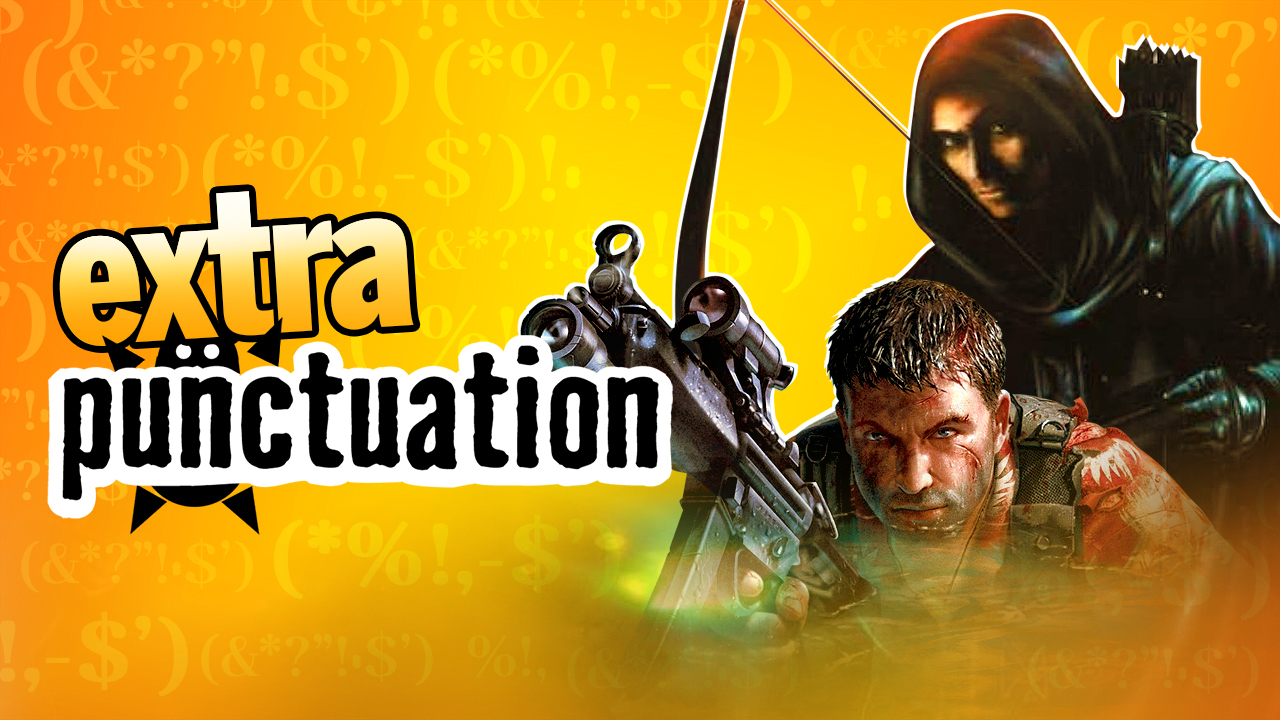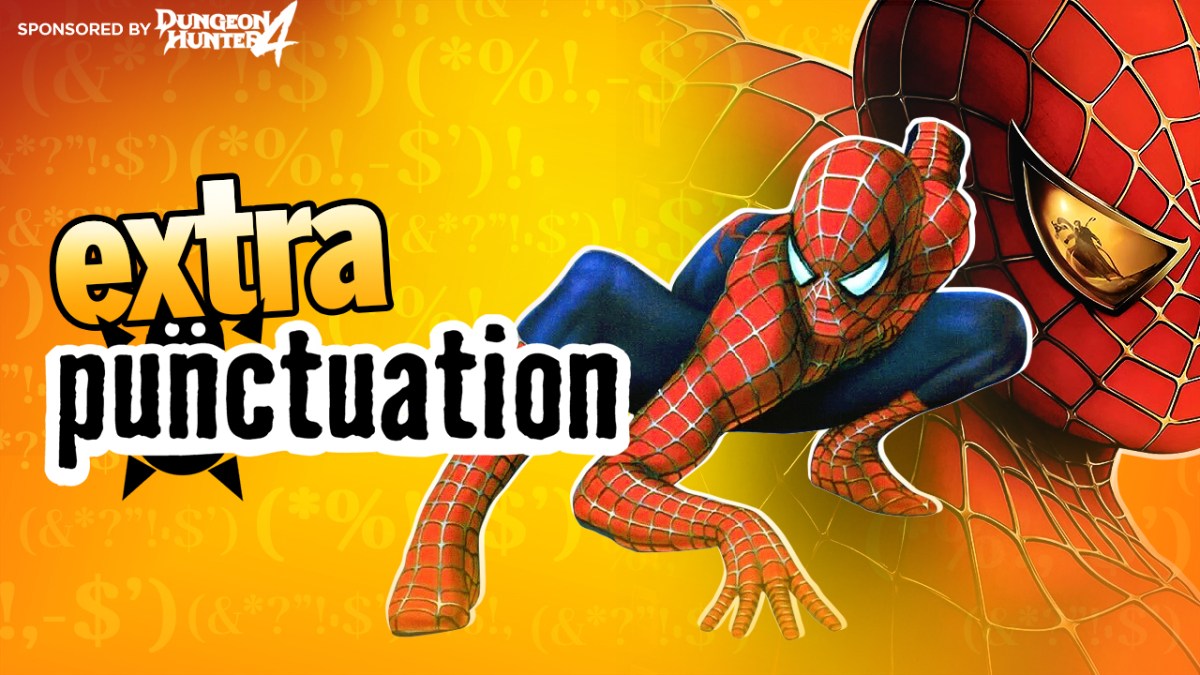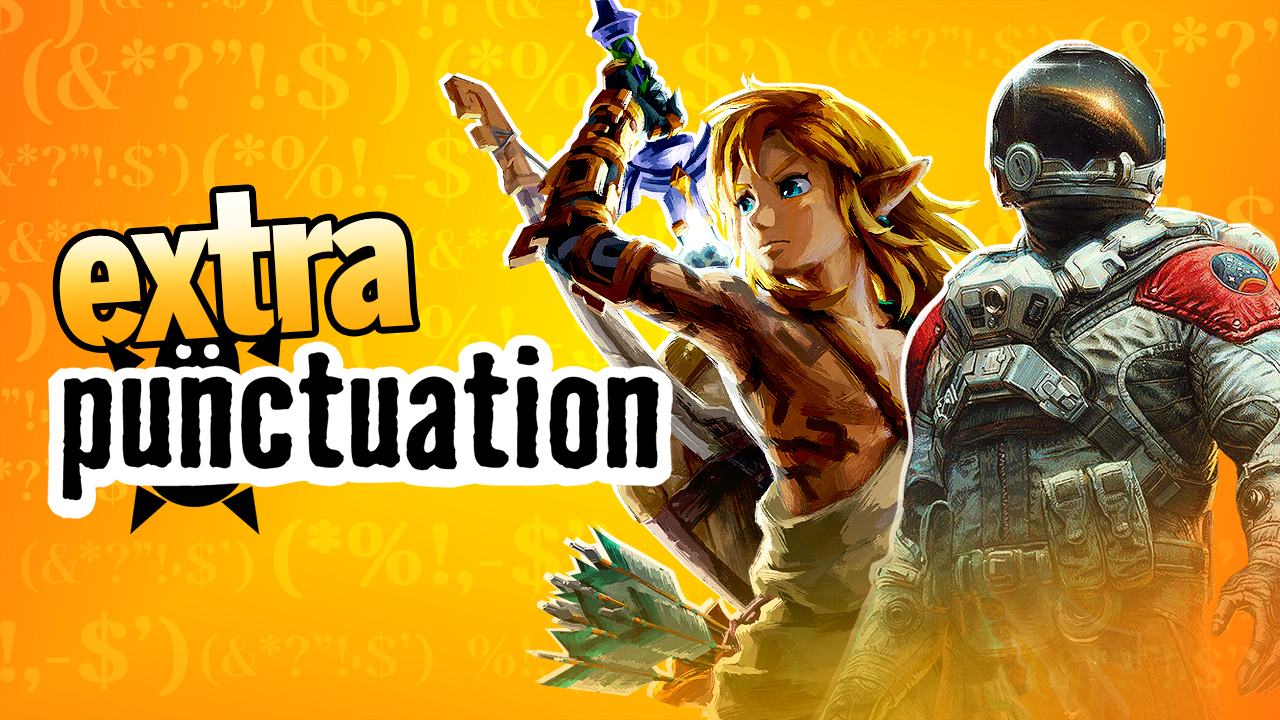
Dead To Rights: Retribution, like so many shooters, is a game about manliness. It’s about situations wherein big strong men with muscles like Greek statues spurt hot bullets from out of their massive, two-handed death cocks. That’s when they’re not sticking their heads in each other’s armpits and grappling over which one gets to be the bitch.
I’m not prejudiced. If you get a rush from having your prostate tickled by a male friend’s huge mustache then more power to you, but personally I find nothing more off-putting than an overly “macho” character. Now, I know that action game protagonists are almost invariably male because of society and marketing and all that, and that in games where a lot of things are required to be dead the heroes are going to have to be physically strong and capable in a fight, which are typically masculine traits. But the point I want to make is that there’s a significant difference between being manly, an awesome masculine badass who we can respect and admire; and being macho, a muscular, insecure tosspot with no social skills. This is a distinction that more games need to realize.
Here are some examples of manly characters: Niko Bellic (GTAIV). Ezio Auditore da Firenze (Assassin’s Creed 2). The Prince of Persia (Sands of Time / Two Thrones).
Here are some examples of macho characters: Jack Slate (Dead To Rights). Marcus Fenix (Gears of War). The Prince of Persia (Warrior Within).
The manly man equips himself appropriately. He wears clothing that combines protection with storage space while still allowing for flexible movement. He arms himself with effective, concealable weapons. In pre-industrial games, this will mean whippy, undecorated and razor-sharp swords. In gun-based games, he will depend on a simple handgun for small-scale firefights, switching when appropriate to the popular shotguns and rifles of the era.
The macho man will either wear the most overly complicated suit of armor he can find, emblazoned with skulls and spiky bits, or will run around in his pants in the belief that this will prove something about himself. His ideal length for a sword is roughly his own height, and for most situations requiring guns he will solely use devices that have been proved capable of completely disintegrating a heavy goods vehicle.
The manly man has a full emotional range. While fully capable of feeling and acting upon his anger and resentment when confronting his enemies, he is civil and even-tempered around neutral parties and warm and affectionate to his close associates. In his lowest moments of despair he’s not afraid to let his emotions show as he seeks solace in his allies and perhaps sheds some dignified tears, but he is equally unafraid to confront the sources of his displeasure and take appropriate retaliation.
The macho man thinks emotions are for women and poofters. The only emotion he is prepared to display is screaming fury, especially as he leaps down from a first-story window, impossibly huge sword pointed directly at the eye socket of an upward-staring foe. When dealing with allies and neutral parties whose murder will be frowned upon, the macho character will at best be merely rude and indifferent, and at worst will grab them by the lapels, shove them into walls and bark gravel-voiced threats. In place of shedding tears, the macho character will only make a curious tight-lipped, boggle-eyed expression of distaste before stomping off alone to jam his giant sword into somebody’s jollies.
The manly man respects his fellow human beings. While physically capable, the manly man understands that one’s worth can’t be measured in combat skill alone. He has the greatest respect for scholars and technical experts who have mastered necessary skills that he himself lacks. He is patient with children, and respectful of the opposite sex. The manly man romances women he finds particularly intriguing, and given the appropriate mutual consents, will do her tenderly and satisfyingly right up the Edith Piaf. And she will love it.
The macho man feels that anyone who can’t knife-fight their way out of a giant kraken’s embrace probably deserves to die, and when technical skills are required, will put the nearest appropriate boffin in an armlock like an overgrown school bully and force him or her to do the work. The macho character thinks girls are icky and avoids them where possible out of fear of cooties, or out of fear that her grotesque Emmeline Pankhursts will somehow suck in and consume his masculinity. The nearest thing the macho man gets to physical intimacy is having communal showers with his equally oversized buddies in between armed conflicts. While no sexual horseplay will occur at the time, he will probably be thinking about it later when he jerks off. Really angrily.
Anyway.
I’m sure you’ll be absolutely thrilled to hear that my proof of concept for Fun Space Game: The Game continues slowly, after a few weeks of neglect because enemy projectiles were phasing through solid objects – a fairly vast problem for a game based around hiding and evasion – and I was too proud to ask someone for advice. Pride I eventually swallowed, and the Unity 3D forums helpfully explained to me the concept of a “rigidbody.”
The last time I updated you on the gameplay I explained that I found the best way to make it interesting was to force the player to maintain a constant speed. But this created a new problem once the enemy ship was functional. The idea of the game is that you have to hide from the weapons of the bigger, better-equipped enemies, but maintaining the constant speed made it extremely difficult to effectively take cover when you had to constantly swing the mouse back and forth to stay in approximately the same place.
To combat this, I restored the Brake function that allows the player to come to a complete stop. But wait, I hear you cry, surely that negates the constant speed solution? Well, I also added an Engine Temperature system. When the protagonist’s ship stops, the engine begins to freeze, which eventually saps shield power. This creates a frugal limit on how long they can spend in cover, allowing for more tense and effective gameplay while implying that the player character’s spaceship is in severe need of a tune-up, which helps the story I have in mind.
So that sorted that out. Next job: Storytelling engine!
Yahtzee is a British-born, currently Australian-based writer and gamer with a sweet hat and a chip on his shoulder. When he isn’t talking very fast into a headset mic he also designs freeware adventure games and writes the back page column for PC Gamer, who are too important to mention us. His personal site is www.fullyramblomatic.com.






Published: May 25, 2010 04:00 pm